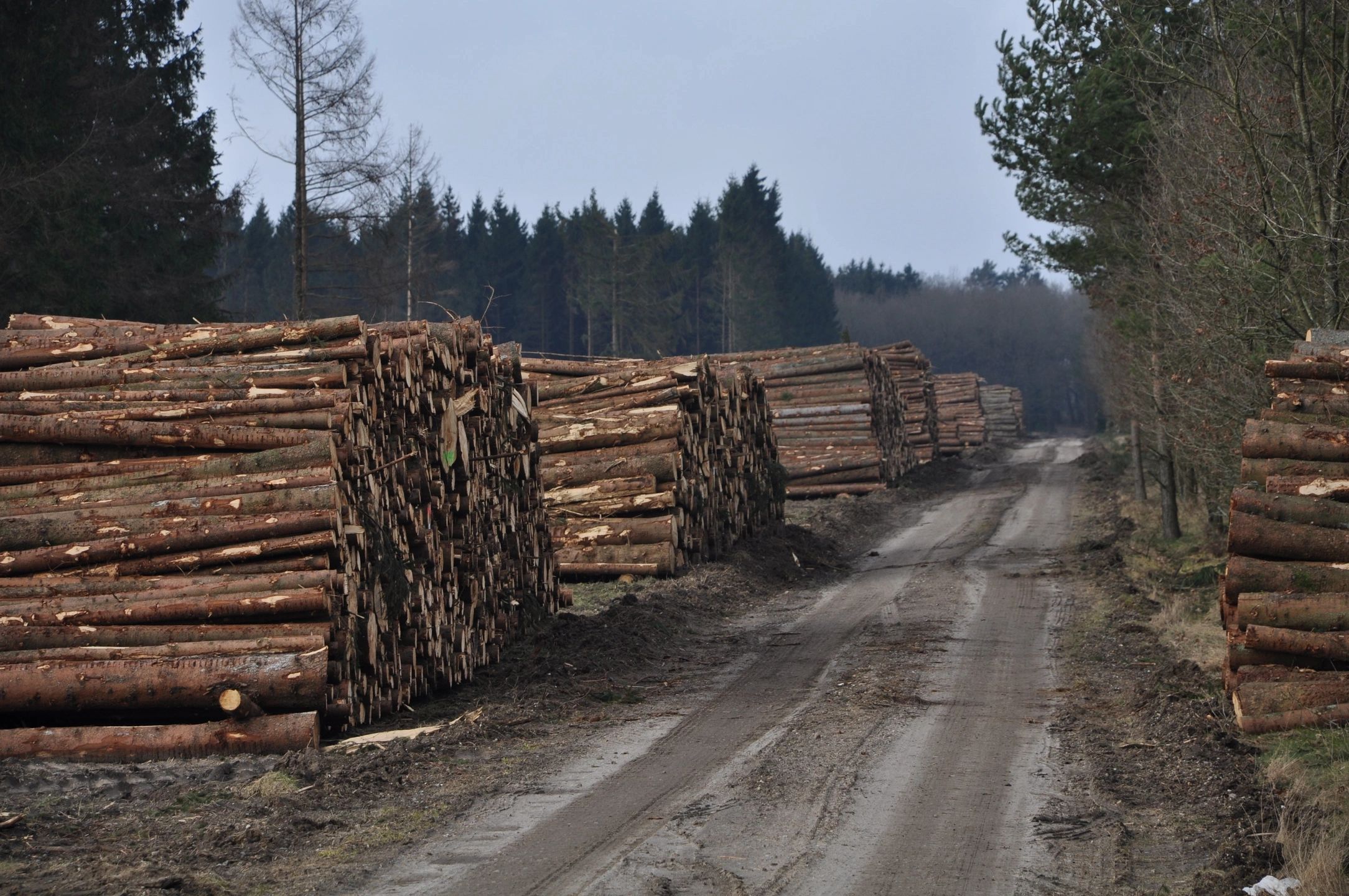The effort to fell around a quarter of the trees within Vancouver’s Stanley Park is encountering escalating resistance from advocates who argue that the city’s strategy is exacerbating rather than alleviating the situation.
Commencing last summer, the Vancouver Park Board initiated the removal of an estimated 160,000 trees, afflicted by an ongoing infestation of western hemlock looper moths. The board contends that this undertaking aims to mitigate “imminent” fire hazards and ensure public safety across the park’s four-square-kilometer expanse.
According to Joe McLeod, the park board’s director of urban forestry, prolonged drought conditions and the moth infestation have compromised the trees’ root structures, rendering them susceptible to ignition or collapse onto pathways and utility lines. McLeod underscores that most of the trees slated for removal are young western hemlocks measuring less than eight inches in diameter, with various other species intended to replace them.
McLeod stated, “Where dead trees are present, they tend to fall over time, heightening the risk of ignition from a spark or similar source, potentially leading to wildfire outbreaks. Consequently, we are prioritizing the removal of smaller trees for wildfire mitigation purposes and addressing larger trees posing public safety hazards.”
Michael Caditz, a director at the non-profit Stanley Park Preservation Society (SPPS), condemns the initiative, contending that the extensive clear-cutting evident in the park represents an “excessive” reaction to an exaggerated fire threat.
An online petition, spearheaded by the SPPS, has amassed over 15,000 signatures since its launch on February 8th.
Caditz expressed his concerns, stating, “The trees provided both acoustic and visual insulation, and now, with their removal, the entire ambiance of Stanley Park is being disrupted.”
He further highlighted conversations with experts who suggest that tree removal might paradoxically escalate the risk of fires.
Removing dead trees creates openings for winds to accelerate, facilitating the spread of fires, according to Caditz. Additionally, it can elevate temperatures within the forest by diminishing the tree canopy.
Caditz emphasizes that standing trees play a role in impeding the progression of fires. He further notes that logging residue left behind can contribute to fueling fires.
British Columbia wildfire authorities have cautioned about the likelihood of an early and “highly demanding” fire season this year, attributing it to prolonged drought conditions. McLeod asserts that the city is committed to safeguarding the well-being of the park and its visitors.
“When you see those wide swaths of space where trees used to stand, it’s definitely jarring,” he said, “and I totally respect and feel that same way. I guess what I want to get across is that forests are dynamic environments.
“I think within the next few years, the park is going to look vibrant and green and be regenerating.”
According to Caditz, the decision to fell the trees, made as an operational measure without public input or approval from the park board, lacks transparency and jeopardizes the “innate worth of nature” in Stanley Park.
“Now that the weather’s warming up and Vancouverites are going to come out to Stanley Park this spring, I think they’re going to be shocked when they see what’s happened in certain parts of the park,” he said.


